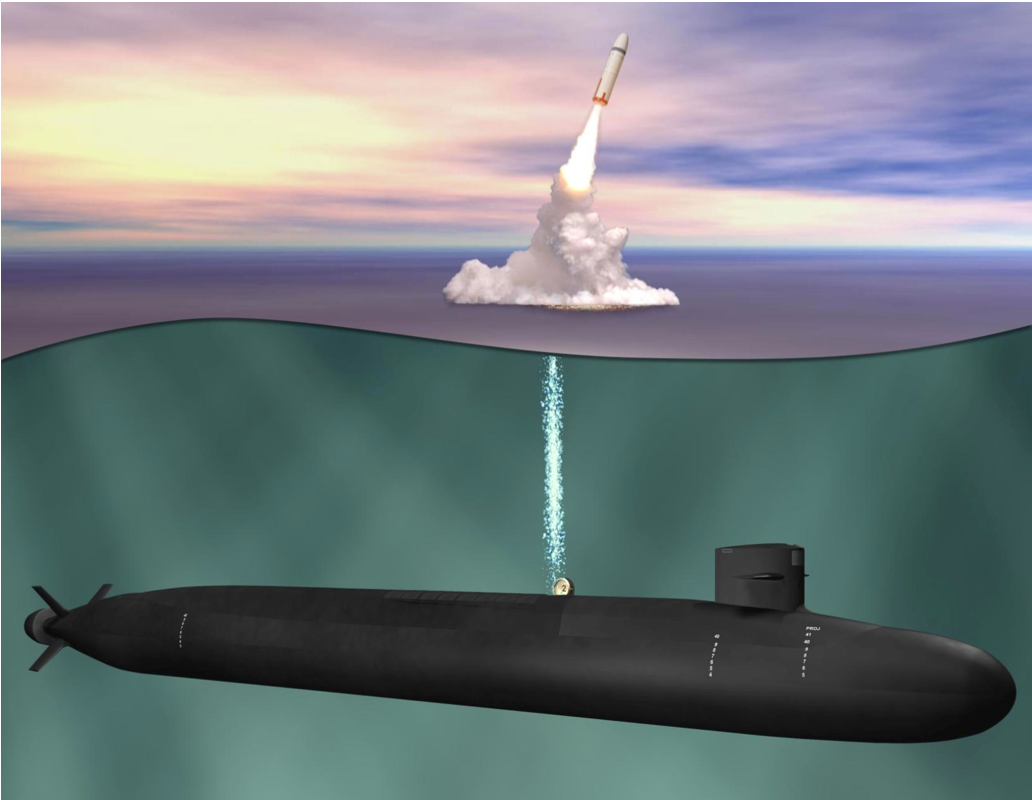
The submarine can reach 25-knot speed on the surface and 34-knot speed underwater. The crew consists of 14 officers and 120 enlisted men. The Virginia-class submarines have 114.8 meters in length, 10.4 meters beam, 6,390 tons surfaced, and 7,800 tons submerged displacement. The US Navy plans to have 10 Block V Virginia-class to replace four Ohio-class nuclear cruise missile submarines, which will be decommissioned in the next ten years. In addition, they will be able to carry 40 Tomahawk cruise missiles instead of 12. The Block V submarines will have an additional Virginia Payload Module mid-body section so that they will be 25 meters longer and 2400 tons heavier than their predecessors. The first boat of this version, USS Oklahoma, was authorized for construction on 2 December 2019. The latest version of the Virginia-class is the Block V. Thanks to the experience from the first three Blocks, the new submarines can be deployed longer between significant maintenance periods. In 2014, the US Navy ordered 10 Block IV Virginia-class boats. The Large Aperture Bow sonar array, consisting of a passive array and a medium-frequency active array, is water-backed. The spherical main sonar array was air-backed. This sonar replaces the spherical main sonar array, used on all US Navy submarines since 1960. The other difference of the Block IIIs their horseshoe-shaped Large Aperture Bow sonar array. These tubes replaced the dozen single-purpose cruise missile launch tubes of Block I and IIs. Different from their predecessors, the Block III submarines have two multipurpose Virginia Payload Tubes. Six Block II Virginia-class submarines were made in four sections rather than ten sections to reduce costs. The first four boats, defined as Block I, were built in 10 modules with each submarine. Block I, III, III, and IV ClassesĪs the first of its class, USS Virginia was laid down on 2 September 1999, launched on16 August 2003, and commissioned on 23 October 2004. Moreover, the submarine was the first US Navy warship designed with the help of computer-aided design and visualization technology. As the fruit of this program, the Virginia class is a less expensive alternative to the Seawolf-class. In 1991, the US Navy started developing new submarines under the Centurion Study Programme. The end of the Cold War caused the further reduction, and only three boats were ever built. The USA planned to build at least 29 Seawolf-classes over ten years, but the number was reduced to 12 because of their high prices. When the Soviet Navy had changed the balance in the area of the submarines with highly capable Alfa, Akula, and Sierra-classes, the US Navy started working on Seawolf-class in 1983 as the successor of the Los Angeles-class. The submarine can be used for anti-submarine warfare, anti-surface warfare, land attack, intelligence gathering, and special operation missions. It is effective in both oceans and littorals.


The Virginia class is designed to replace the older Los Angeles class, the backbone of the US attack submarine fleet since the 1970s. Now, the US Navy is preparing for the following years’ confrontation undersea with its new Virginia-class submarines. Yet, since a conflict may occur with China and Russia, the submarines have been crucial players on the chessboard on the high seas. The symbol of the US dominance on the seas is its big surface fleet gathering around the aircraft carriers.


 0 kommentar(er)
0 kommentar(er)
